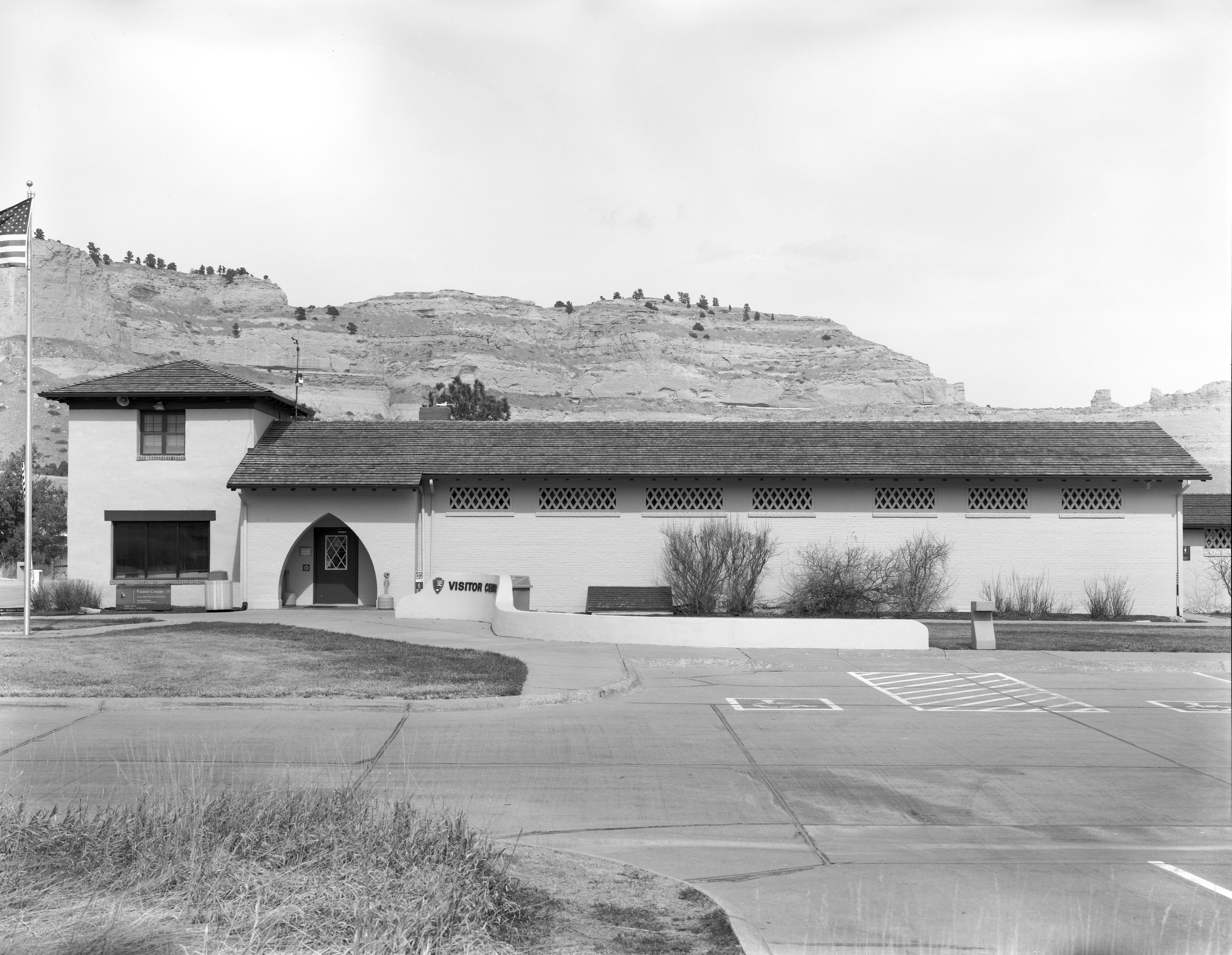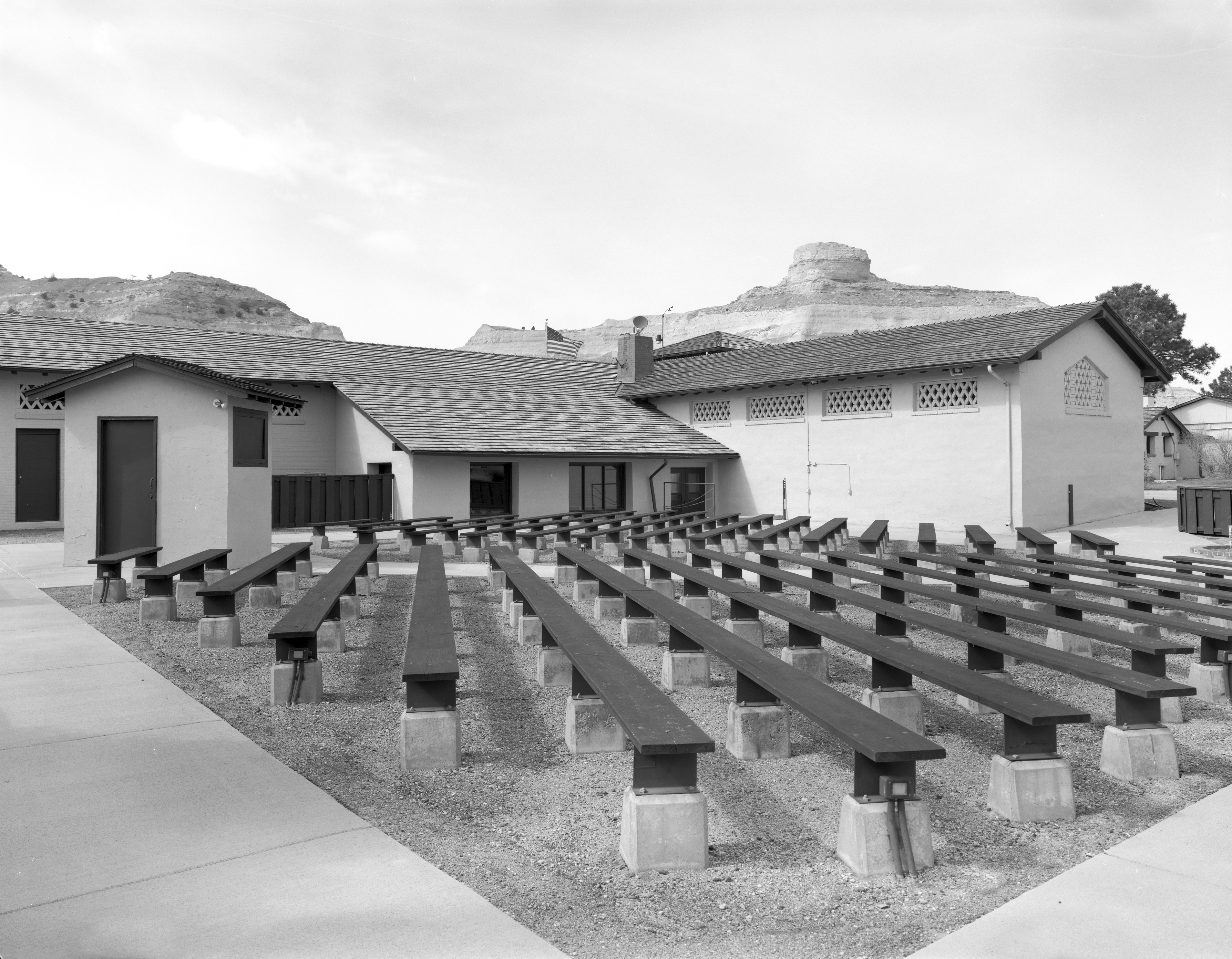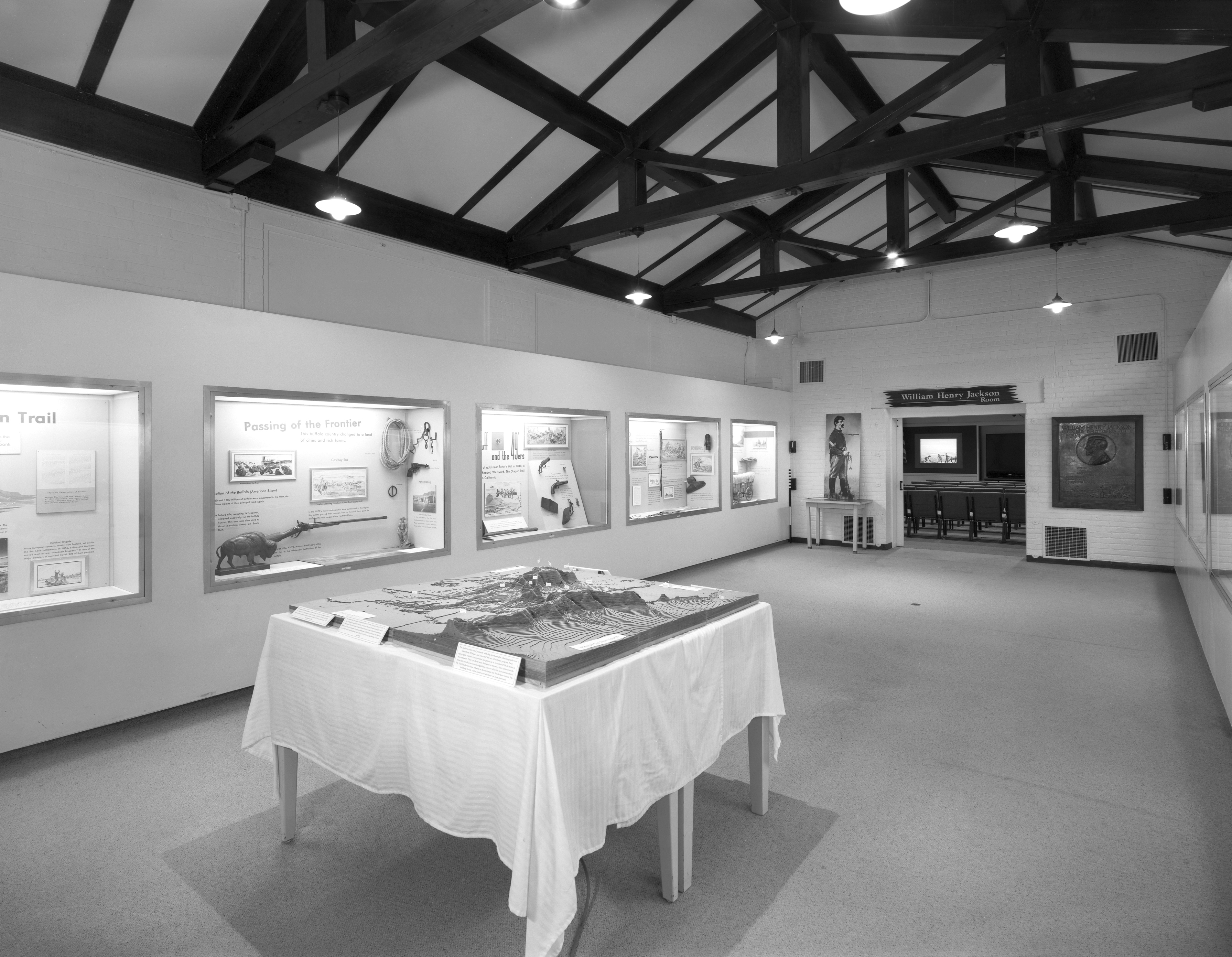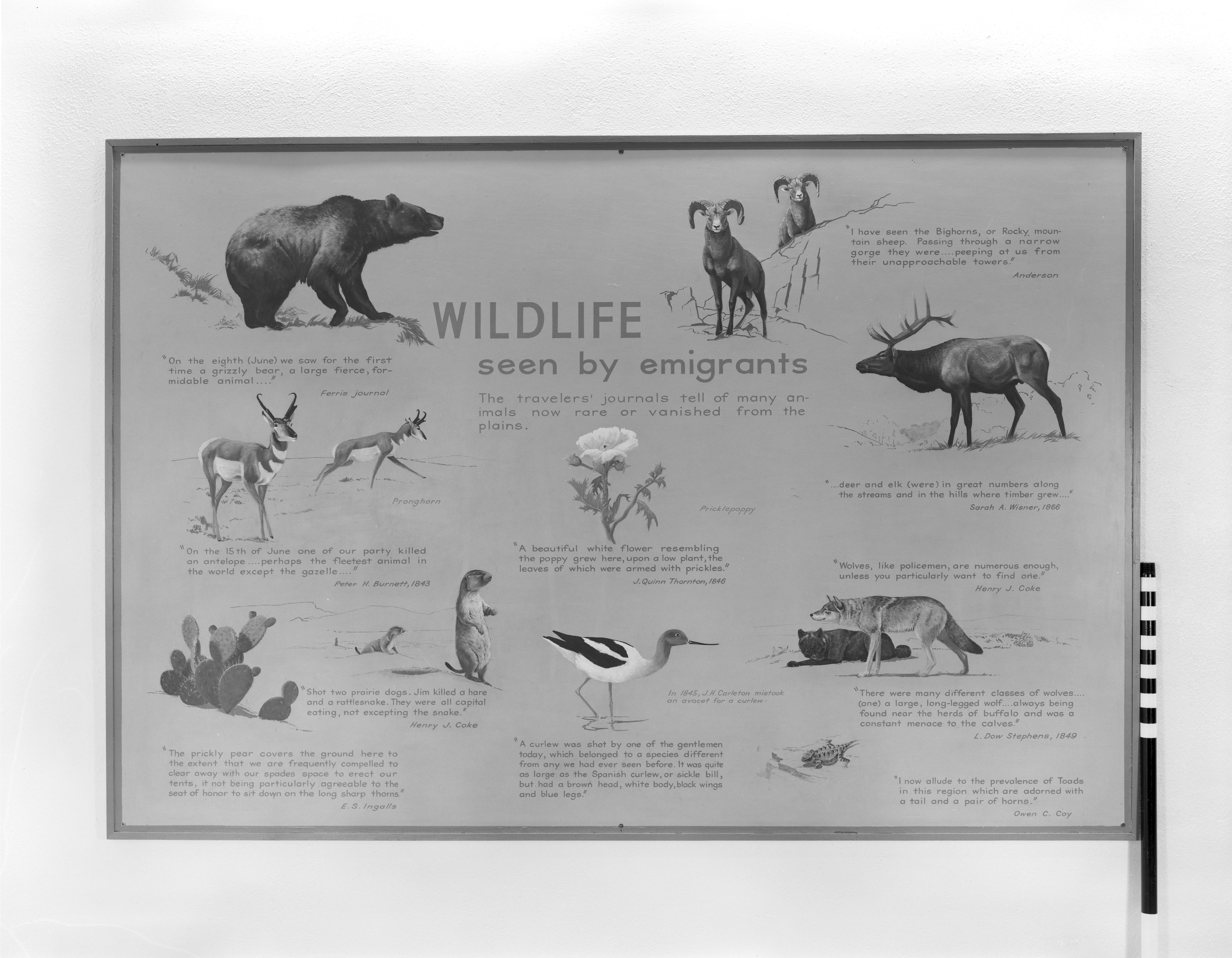Scotts Bluff National Monument
1919 – 1966
Gering, Nebraska
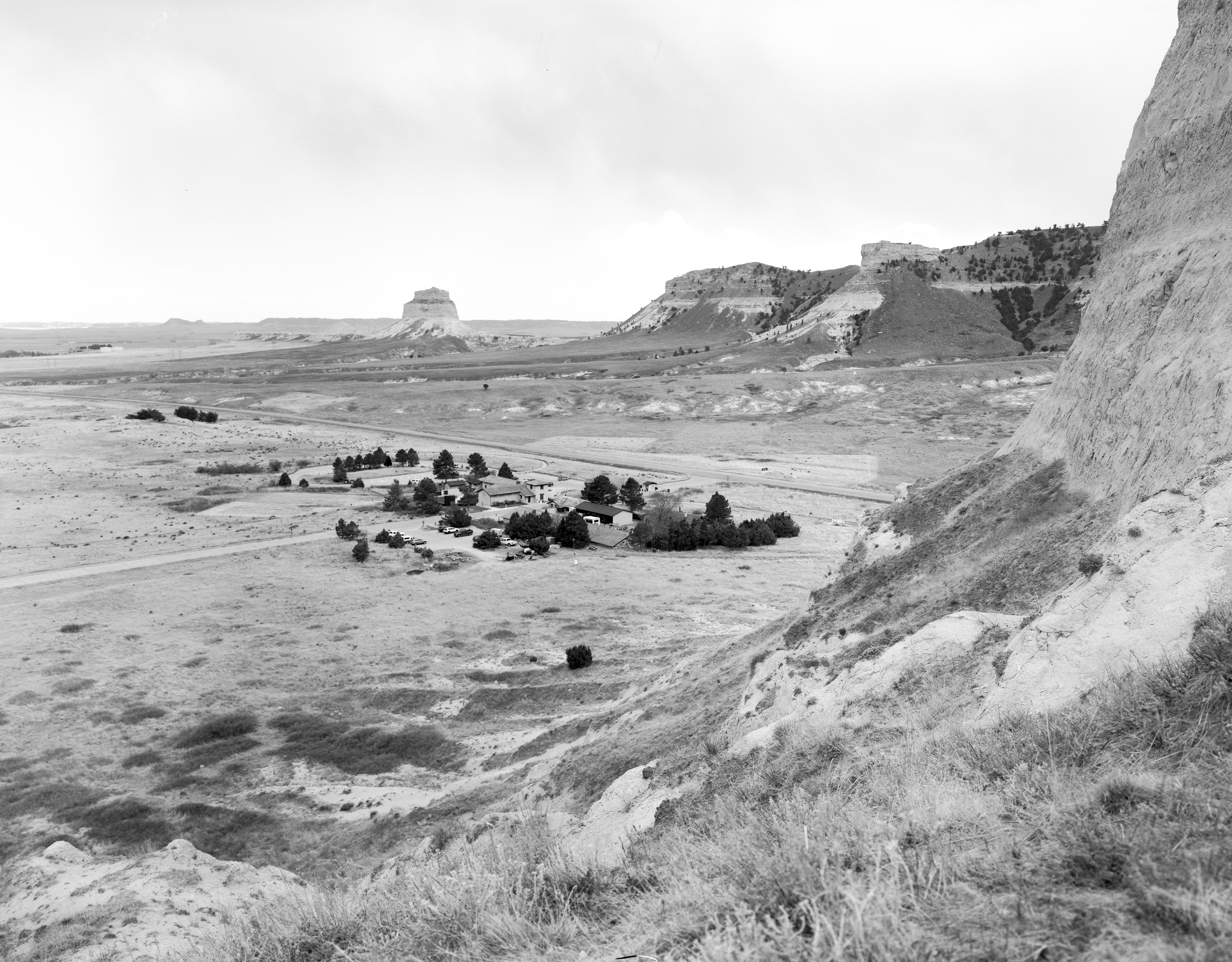
A prominent geological feature that was once part of the ancient High Plains, Scotts Bluff was one of the most widely recognized landmarks on the Oregon Trail. Scotts Bluff National Monument was established in 1919 to preserve this heritage. Key elements of the monument’s visitor center and museum exhibits were updated in the 1950s and 1960s as part of the Mission 66 capital development program.
ARCH3, LLC performed large format photography to accompany the HABS documents prepared at Scotts Bluff National Monument by the National Park Service. Documentation included the facility’s museum building and Mission 66-era exhibits, which are being renovated and updated.

